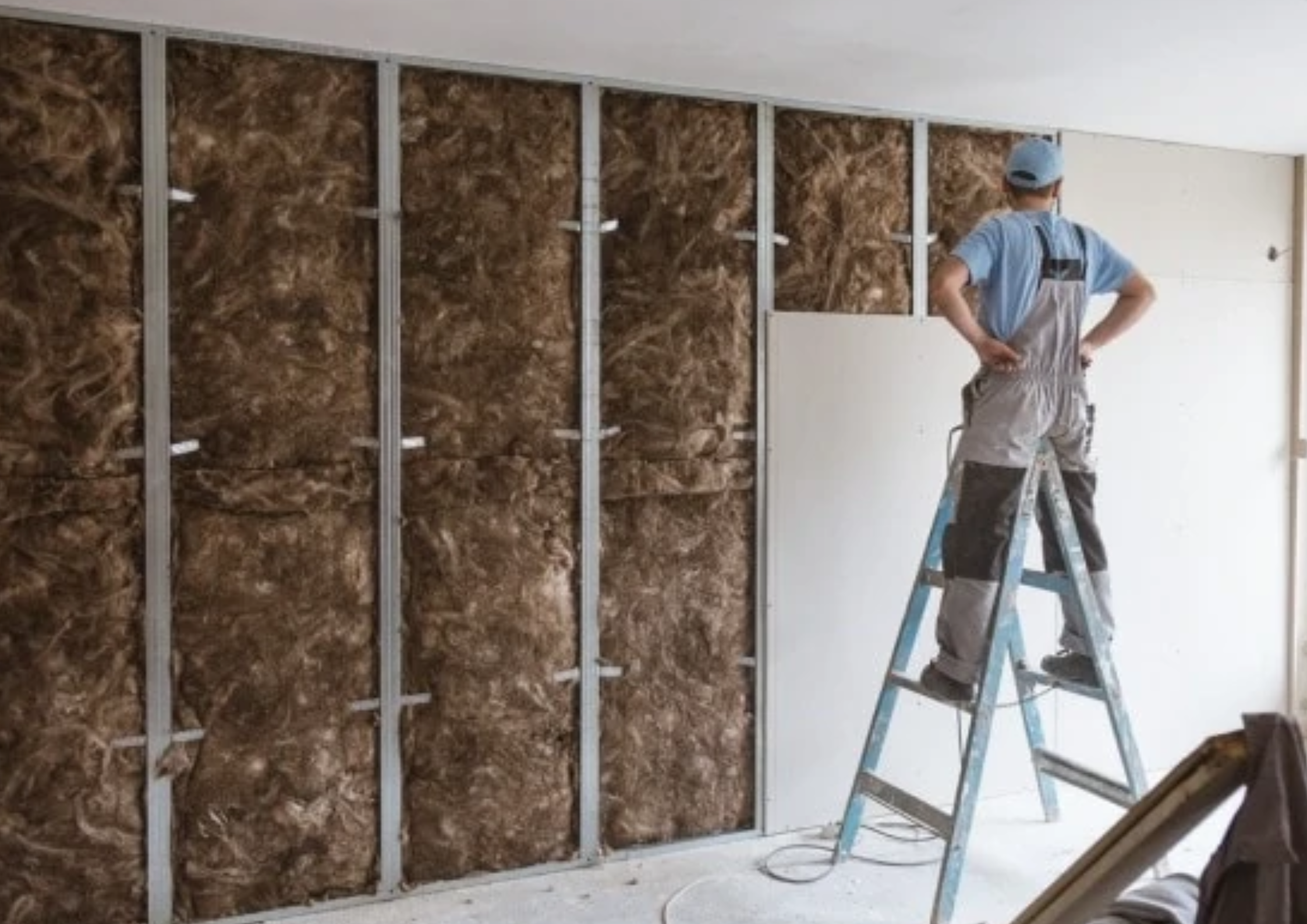How To Soundproof A Wall
Building a soundproof wall to block sound transmission requires materials that are mass loaded, dense and/or resilient. You would use these materials in the construction assembly of a wall, floor or ceiling. You can achieve your sound blocking goals by using the materials outlined in this post. Most of these methods will pertain to blocking sound for wall applications, however, you can apply many of the same principles for ceilings and floors.
Inherently, you will need to construct an assembly that contains multiple layers. The layers will be comprised of dense materials and components to separate the structures. The objective will be to structurally seal, isolate and decouple the adjacent structures from one another.
Blocking sound requires the complete area to be reinforced or a sealed enclosure around the sound source, as it takes a system of materials to construct a soundproof wall.
Where is the sound coming from?
If you want to ‘soundproof’ a room then you first need to figure out where the noise is coming from and what type of noise it is.
(We use the term ‘soundproof’ in this article, but we only refer to the possibility of noise reduction.)
There are two main ways that noise travels:
- Through the air
- Through other objects
As noted above, sound waves travel through the air. If an object is in the path of a wave, the object will absorb and transmit the sound. The sound will pass through and continue to travel through the air on the other side.
Reverberation of sound in a room happens when a large empty space allows sound waves to bounce around the space and the ‘echo’ created can make the perceived sound louder.
Sound leakage occurs from sound waves finding their way through gaps in solid objects such as walls.
To find the right soundproofing solution, it’s important to be aware of the different methods that can be used to block out different types of noise.
The most common soundproofing methods include
Sound damping:
Damping removes vibration energy from a structure or system by eliminating the dynamic stresses associated with vibration. Installing appropriate sound damping measures ultimately adds to the wear or fatigue life of structural or machine components.
A greater understanding of the damping function requires a closer examination of how vibration works:
- Vibration travels through different materials at varying levels of intensity. When vibration frequency is equivalent or similar to the natural frequency of a material, it results in amplification.
- Frequency amplification makes vibrations harsher, more jarring, or louder.
- Applying damping materials to substrates that amplify vibrations alters the resonating frequency, reducing the impact of vibration on the system and its components.
By reducing the oscillation of the sound wave, the noise frequency is reduced.
Sound absorption:
When sound waves strike any surface, some of those waves pass through the material and others reflect or bounce off of the surface.
Materials with a harder, less porous surface tend to produce a higher level of reflection, while porous materials allow for greater absorption.
Acoustic absorption uses porous materials to line hard surfaces that typically reflect sound or airborne noises, such as those produced by:
Certain soft materials absorb the energy of the sound wave to reduce noise.
Adding mass:
Large high-density objects will absorb and reduce sound waves from passing through them.
Is a type of soundproofing material that is often used in homes and businesses. It is effective at reducing noise levels and is relatively easy to install. Mass loaded vinyl is typically attached to joists or studs, and then seams and joints are sealed with acoustic caulking or barrier tape.
Decoupling:
Sound vibrations travel through contact between objects. By decoupling the contact, you can stop vibrations from travelling and improve soundproofing.
Distance:
By creating physical distance, the sound wave will reduce in intensity
Can you soundproof existing walls?
Walls are dense objects that absorb sound waves and transmit them. The quality and thickness of walls vary drastically to make a difference to sound transmission.
There are several approaches to soundproof an existing wall.
-
Cavity wall insulation. A double-skin of brick with an internal cavity void can be injected with a polystyrene insulation. Aside from increased insulation against heat transfer, the noise through the party wall will be reduced.
-
Stud wall with insulation. A stud wall can be built against a party wall to create a small void that helps to reduce sound. The stud wall can be filled with rock wool or Kingspan insulation to absorb sound waves and increase noise reduction.
-
Soundproof wall panels. Insulated drywall boards or specialist sound-reducing boards applied to your internal wall. There are different degrees of quality and some can be installed with a frame using a resilient channel clip system to reduce transmission by decoupling.
See our Acoustic wall products HERE




